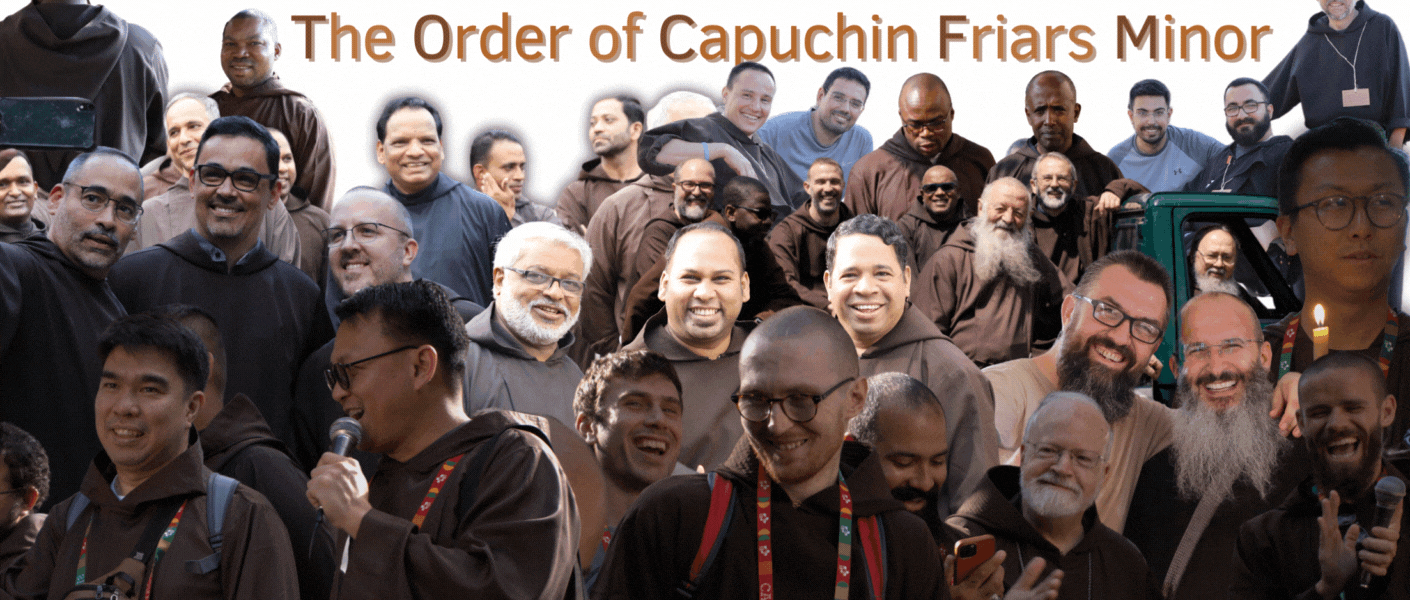Franciscan Museum
- Published in Central Institutions
Historical notes
The main core of the museum was built up thanks to Br Louis-Antoine of Porrentruy (France) who collected iconographical material for a volume on St Francis, which was published by Plon of Paris at the end of 1884 under the title of Saint François d'Assise. Using the material collected for the volume, which had only been partly used, and with continual additions, Louis-Antoine established a Franciscan museum above the choir of the friary in Marseilles (France).. It was opened in October 1889 by General Minister Bernard of Andermatt. By the following year the amount of material finding its way to the museum made enlargements necessary, and in 1896 a third large room was opened.
Meanwhile, for the defence and protection of the museum, its founder in 1895 obtained from the Holy See the Apostolic Brief Minime nos latet, signed on 20th December by Pope Leo XII. In it the Pope forbade anyone, under pain of excommunication, to "remove, alienate, commute, sell or even transport to some other place anything at all from the aforesaid Franciscan Museum in Marseillles".
However, in the years 1903-1904 it became advisable to secretly remove the items that had the most importance for the history of Franciscan art. In 1905, in pursuance of the Masonic law of July 1901, all the objects present in the Franciscan Museum were sold at public auction. Towards the end of 1912 the museum reopened in Rome with items saved by Br Louis-Antoine, at the General Curia in Via Boncompagni. In 1927 it was transferred to the Historical Institute in Assisi and solemnly opened on November 29, 1929. From that time onwards the Museum was to follow the fortunes of the Historical Institute.
Characteristics of the Franciscan Museum
The Franciscan Museum is not an artistic, historical or archaeological museum, even though it contains many objects of high artistic quality and great historic value. It belongs rather to the category of specialist museums. Through the items on display, the museum illustrates the history of the Franciscan Order.
Although the idea of founding a museum came to a Capuchin friar, its founder did not limit his collection to artefacts belonging to his own Family. His interest extended to the Franciscan Order as a whole, to members of the main branches of the first, second or third Orders who were illustrious because of their reputation for sanctity or learning or for the impact they had on society. Then come the various Families and reforms within the Franciscan Order such as Conventuals, Capuchins, Observants, Recollects, Reformed and others. As far as possible the museum's founder included Franciscans of every nation, including those where the Franciscan presence was a missionary one.
A particular characteristic of the museum is that it documents Franciscan art and culture through the centuries, i.e. from the 1300's to the 20th century. The Franciscan Museum, classified as a non-state museum by ministerial decree dated 15th September 1965 (minor diocesan or religious museum N° 246), is open to the public on request only.
Contact:
Museo Francescano
Collegio Internazionale San Lorenzo da Brindisi
C. P. 18382
G.R.A. Km. 65.050
00163 Roma
Italia
Tel. +39 06 660 521 (Centralino)
Fax. +39 06 6616 2401

